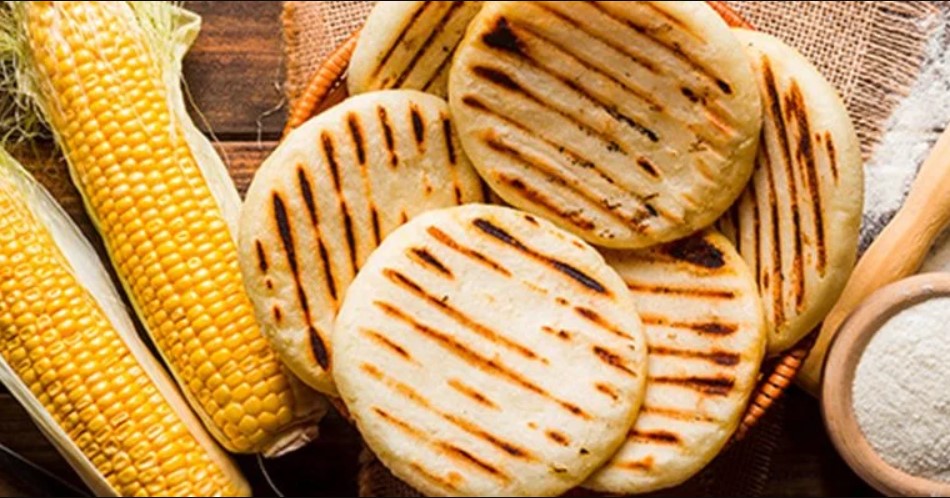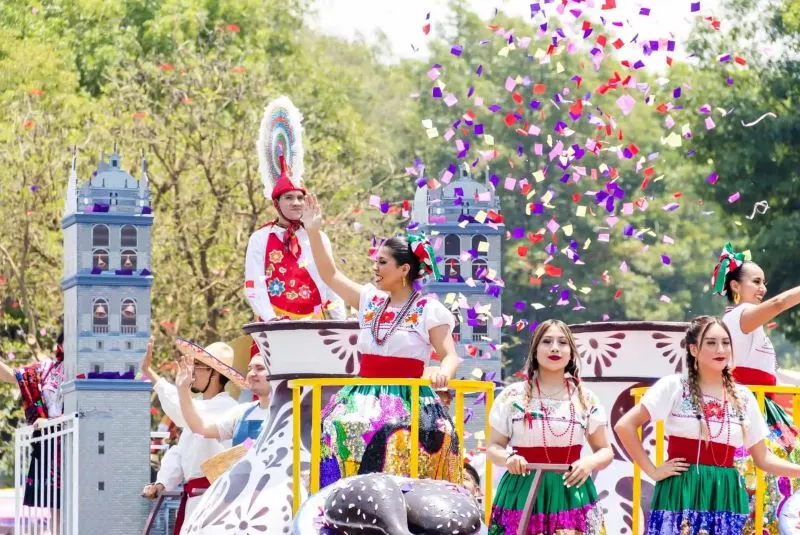L’arepa, cette galette ronde à base de maïs, est bien plus qu’un simple aliment. Elle est le reflet d’une histoire, d’une culture et d’une tradition qui transcende les frontières. Originaire d’Amérique Latine, l’arepa est devenue un symbole culinaire, particulièrement en Colombie et au Venezuela, où elle occupe une place centrale dans la gastronomie locale.
Origines et Histoire
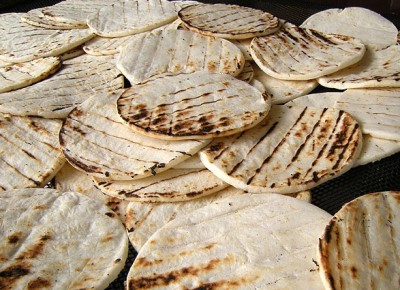
Les racines de l’arepa remontent à l’époque précolombienne. Les peuples autochtones de la région, tels que les Timoto-Cuicas et les Caribes, utilisaient le maïs comme base de leur alimentation. Ils ont développé une technique pour transformer ce grain en une pâte comestible, qui est ensuite façonnée en galettes et cuites. Cette tradition a survécu à travers les siècles et s’est adaptée aux influences culturelles et gastronomiques.
Diversité et Variété
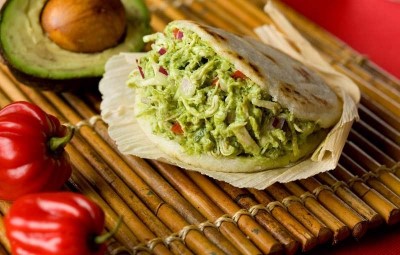
L’arepa est un caméléon culinaire. Sa préparation et ses ingrédients varient d’une région à l’autre. Elle est souvent consommée au petit déjeuner, garnie de beurre ou de fromage mais aussi en accompagnement des autres repas de la journée. Au Venezuela, l’arepa est plutôt farcie de divers ingrédients, allant du fromage au ragoût de poulet, en passant par les haricots noirs et les avocats.
Les Variétés d’Arepas : Un Tour Culinaire
L’arepa, bien que simple dans sa composition, se décline en une multitude de variétés -plus de 70– qui reflètent la richesse et la diversité des régions d’Amérique Latine. Voici un aperçu des types d’arepas les plus emblématiques :
- Arepa Paisa (Colombie) : Originaire de la région d’Antioquia, cette arepa est fine et ronde, souvent consommée avec du beurre, du fromage ou de la viande.
- Arepa de Choclo (Colombie) : Sucrée et moelleuse, elle est faite à base de maïs doux et est souvent garnie de fromage.
- Arepa Boyacense (Colombie) : Originaire du département de Boyacá, cette arepa épaisse et sucrée se distingue par sa préparation à base de maïs jaune, de fromage, de beurre et de sel. Traditionnellement cuite dans un four à bois, elle est souvent servie avec du fromage frais.
- Arepa de huevo (Colombie) : Typique de la zone caraïbe, cette arepa est une galette de maïz jaune frite avec un œuf entier à l’intérieur.
- Arepa Santandereana (Colombie) : Faite à partir de maïs jaune, elle est frite et a une texture croustillante à l’extérieur et moelleuse à l’intérieur.
- Arepa Reina Pepiada (Venezuela) : Garnie d’un mélange de poulet et d’avocat, c’est l’une des arepas les plus populaires au Venezuela.
- Arepa Pelúa (Venezuela) : Farcie de fromage et de viande émincée, elle est délicieusement fondante.
- Arepa Catira (Venezuela) : Une combinaison savoureuse de poulet et de fromage.
- Arepa de Pernil (Venezuela) : Garnie de porc rôti, elle est parfaite pour les amateurs de viande.
Reconnaissance Culturelle
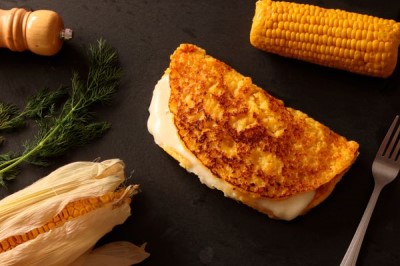
L’importance de l’arepa dépasse le simple cadre culinaire. En 2023, la ville de Pereira en Colombie a déclaré l’arepa comme patrimoine culturel, reconnaissant ainsi son rôle dans l’identité et la tradition du pays. De plus, les arepas vénézuéliennes ont conquis le monde, avec une présence croissante dans les restaurants et les festivals gastronomiques internationaux.
Chaque région, chaque ville et même chaque famille a sa propre version de l’arepa, avec des techniques de préparation et des garnitures qui lui sont propres. Ces variétés sont le reflet de la richesse culturelle et gastronomique des pays d’Amérique Latine. Bien plus qu’une simple galette de maïs, elle est le reflet d’une histoire partagée, d’une identité commune et d’une passion pour la bonne cuisine. Alors, la prochaine fois que vous croquez dans une arepa, souvenez-vous de l’héritage et de la tradition qu’elle porte en elle.

